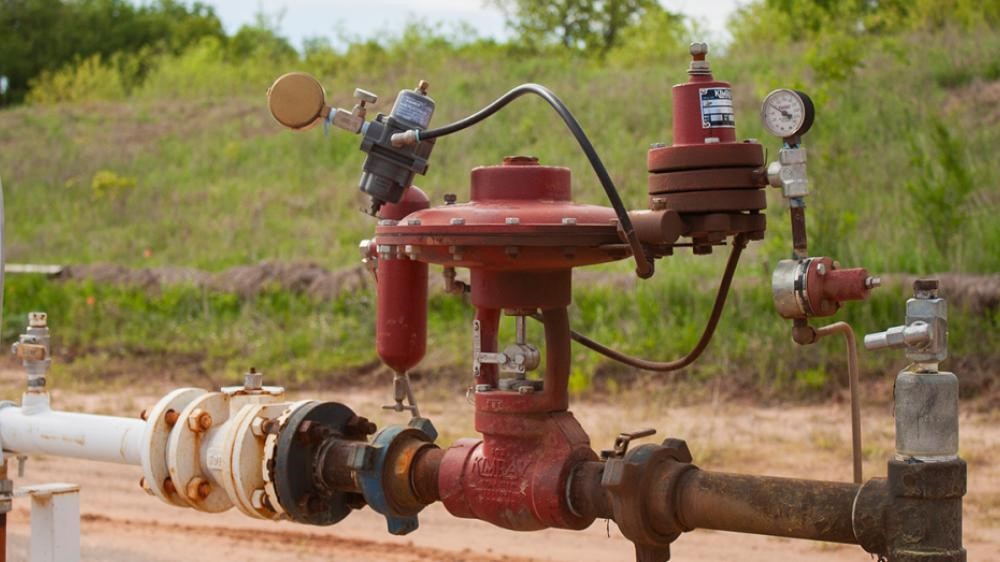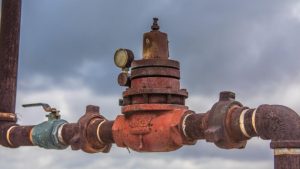
Components of High-Pressure Valves
A typical high-pressure valve comprises several key components, each contributing to its functionality:
- Body: The main housing that contains the internal components and directs the flow of fluids.
- Bonnet: The cover that secures the internals and provides a connection point for external components.
- Valve Disc: The moving component that controls the flow by opening and closing against the seat.
- Seat: The sealing surface against which the valve disc closes, preventing fluid from passing through.
- Stem: The connection between the valve disc and the actuator, transmitting the motion for opening and closing.
Working Principle
High-pressure valves operate based on the same fundamental principles as standard valves. By manipulating the position of the valve disc, flow is either allowed or blocked. The valve is opened by rotating the stem, which lifts the disc away from the seat, permitting the flow of fluids. Closing the valve involves lowering the disc to create a secure seal, preventing the passage of fluids.
Types of High-Pressure Valves
Several types of high-pressure valves cater to different applications:
- Gate Valves: These valves control flow by raising or lowering a gate-like disc. They offer minimal resistance to flow when fully open.
- Ball Valves: Ball valves use a rotating ball with a hole through its center to control flow. They provide reliable shut-off and are quick to operate.
- Globe Valves: These valves regulate flow using a movable plug that closes against a stationary ring seat. They offer precise control over flow rates.
- Needle Valves: Needle valves feature a slender, tapered disc that allows for fine control of flow rates in small increments.
- Check Valves: Check valves permit flow in one direction only, preventing backflow and protecting systems from damage.
Applications and Industries
High-pressure valves find extensive use in various industries, including:
- Oil and Gas: High-pressure valves are crucial for controlling fluid flow in drilling, refining, and distribution.
- Chemical Processing: These valves manage the flow of chemicals, ensuring safety and efficient production.
- Power Generation: High-pressure valves regulate steam and fluid flow in power plants.
- Manufacturing: Industries rely on these valves for efficient processing, from food production to pharmaceuticals.

Benefits of High-Pressure Valves
The use of high-pressure valves offers several notable benefits:
- Precise Flow Control: High-pressure valves enable accurate regulation of flow rates, ensuring optimal performance of systems.
- Durability: Engineered to withstand extreme pressures and conditions, these valves exhibit exceptional durability and longevity.
- Reliability: High Pressure Valves in Dubai provide consistent and reliable operation, minimizing downtime and disruptions.
- Safety: These valves contribute to the safe operation of industrial processes, preventing leaks and potential hazards.
Factors to Consider When Choosing High Pressure Valves in Dubai
Selecting the right high-pressure valve for your application involves considering various factors:
- Pressure Ratings: Ensure that the valve’s pressure rating aligns with the requirements of your system.
- Material Compatibility: Choose materials that are compatible with the fluids and substances the valve will handle.
- Valve Type: Select the appropriate valve type based on the specific flow control needs of your application.
- Sealing Mechanism: Consider the type of sealing mechanism (soft-seated or metal-seated) that suits your requirements.
- Temperature Range: Ensure that the valve can operate within the temperature range of your system.
Installation and Maintenance Guidelines
Proper installation and maintenance are vital for the optimal performance of high-pressure valves:
- Installation: Follow manufacturer guidelines for correct installation, including torque specifications and sealing procedures.
- Maintenance: Regularly inspect and lubricate valve components. Address any wear or damage promptly to prevent issues.
Common Issues and Troubleshooting
Issues that may arise with high-pressure valves include leaks, blockages, and malfunctioning stems. Troubleshoot these problems by carefully inspecting the valve and its components. Perform necessary repairs or replacements.
Choosing the Right Supplier for High-Pressure Valves
Selecting a reliable supplier is paramount to ensure the quality and performance of high-pressure valves. Consider Mohsin Trading as your trusted partner for high-pressure valve solutions. With a reputation for excellence and a commitment to customer satisfaction, Mohsin Trading offers a range of high-quality valves suitable for diverse industrial applications.
Conclusion
High-pressure valves stand as essential components in industries that demand precise fluid flow control under extreme conditions. Understanding their design, applications, benefits, and considerations empowers you to make informed decisions for your specific needs. With Mohsin Trading, we have a proven track record and a comprehensive range of High-Pressure Valves in Dubai. We can help you find the best ones for your needs. Browse our website to look at our products or get in touch with our team at +971 4 2230269.

